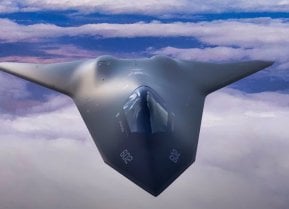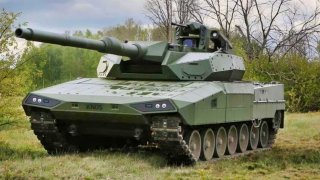Leopard 2A-RC 3.0 Is One Powerhouse of a Tank
The Leopard 2A-RC, developed by the French-German defense conglomerate KNDS, is an advanced variant of the German Leopard 2 main battle tank featuring a revolutionary unmanned turret.
Summary and Key Points: The Leopard 2A-RC, developed by the French-German defense conglomerate KNDS, is an advanced variant of the German Leopard 2 main battle tank featuring a revolutionary unmanned turret.
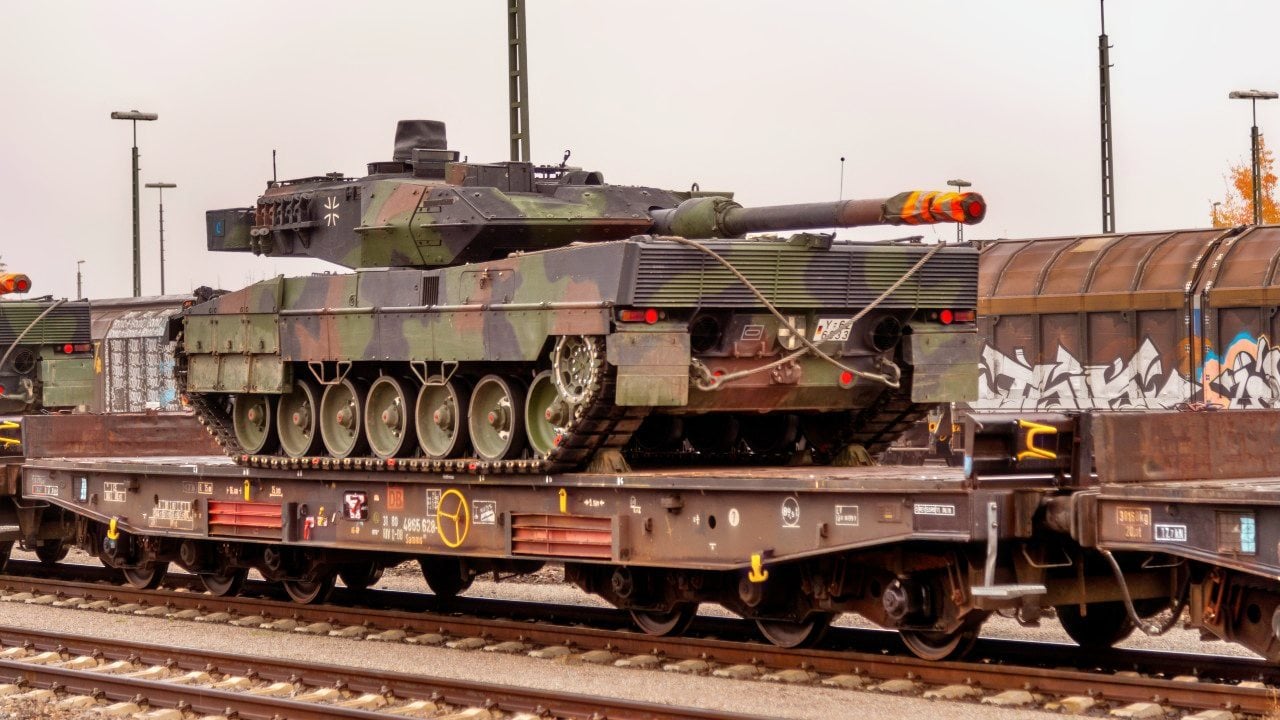
-This design enhances crew protection by housing the commander, gunner, and driver in a compact compartment below the turret, reducing the tank's targetable area by up to 30%. The Leopard 2A-RC is equipped with a powerful 1,500 HP engine, allowing it to reach speeds of 65 km/h and a range of 460 km.
-The modular turret can be fitted with various calibers and includes an autoloader capable of firing three rounds in 10 seconds, making it a formidable and modernized fighting machine.
Revolutionary Leopard 2A-RC Unveiled: The Future of Main Battle Tanks
It would be very easy to assume the Leopard 2A-RC is a scale model of the German-made Leopard 2 main battle tank (MBT), but it isn't.
Rather, as Army Recognition reported on Wednesday, it promises to be a significant game changer for the Leopard 2. Developed by the French-German defense conglomerate KNDS, it is still based on the iconic German MBT's tracked chassis and main hull, but is equipped with an unmanned turret.
"The Leopard 2A-RC 3.0 is built on a three-man chassis, housing the commander, gunner, and driver, with an unmanned turret that eliminates turret intrusion into the chassis," Army Recognition explained, adding that the design includes a flat turret, which could enhance the MBT's profile. While not exactly "stealth," the targetable area of the tank could be reduced by as much as 30%.
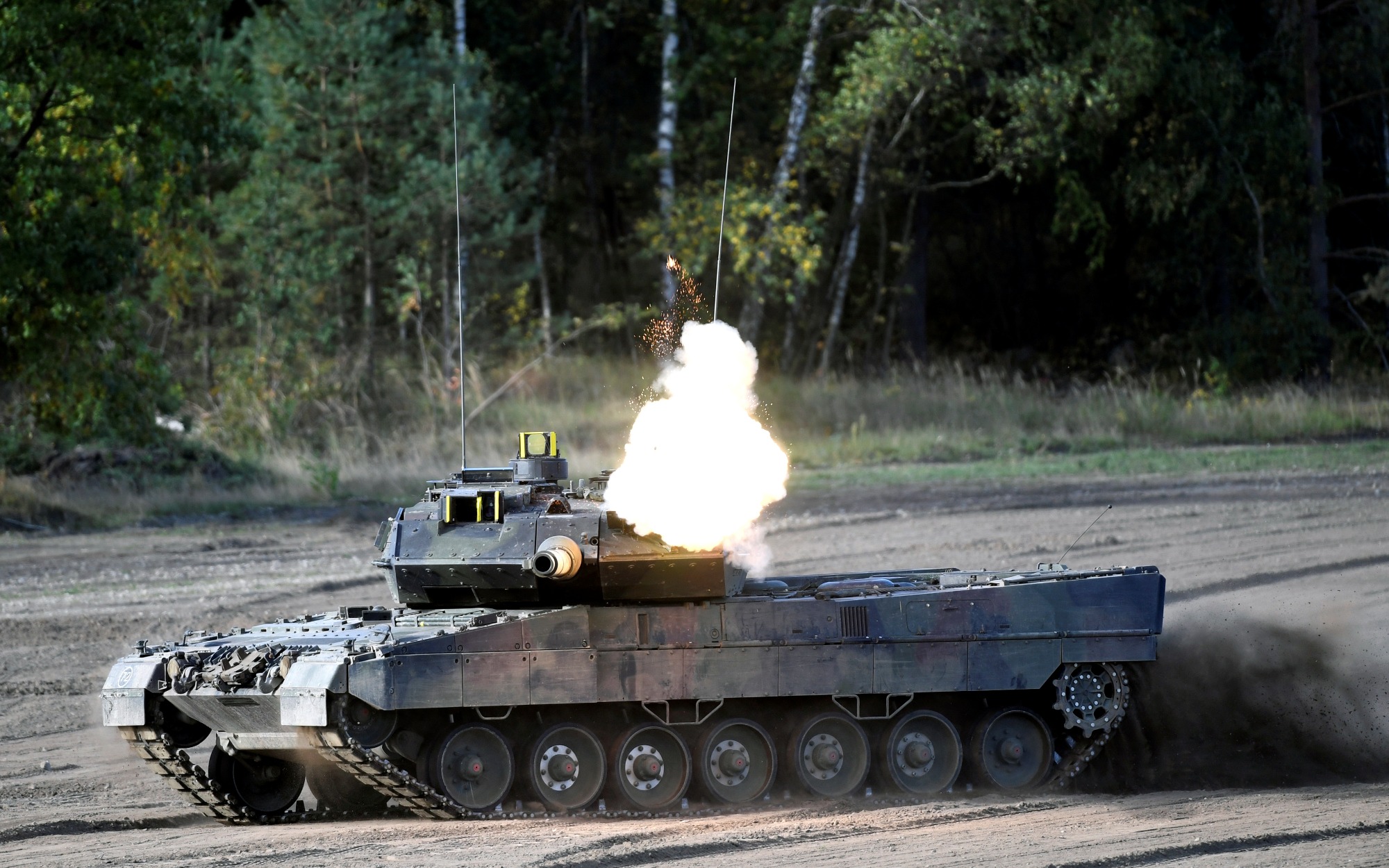
The report further noted that the 2A-RC 3.0 variant offers greatly enhanced crew protection with the three-man crew in the compact compartment below the turret. At the same time, the design suggests a level of modularity in that the turret could employ guns of various calibers. At the same time, the autoloader could be capable of firing three rounds in 10 seconds – far greater than tanks with a crew of four, including a gunner and loader.
"The armament set is configurable for both direct line-of-sight (3DLOS) and non-line-of-sight (NLOS) engagements," the report also noted.
Heavy Metal Thunder
The Leopard 2A-RC 3.0 is far from a heavy tank.
The reduction in size means it weighs less than 60 tonnes, at least depending on the particular configuration. But given that tanks have gotten heavier in recent years, this one certainly seems like it is a much more lean, mean fighting machine. It is also reported to be powered by a 1,100 kW (1,500 HP) engine, which can allow it to reach a top speed of 65 km/h (40 mph), while it has a range of 460 km (285 miles).
The design is certain to earn comparisons to the Russian T-14 Armata MBT, which also has a remotely-controlled turret with autoloader, while the United States is now pushing ahead with its AbramsX – the tank demonstrator produced by General Dynamics Land Systems (GDLS). It would thus seem that an unmanned turret with an autoloader is the future – yet, it still needs to be determined how such designs can address the shortcomings seen in Soviet/Russian-design tanks that employed the system.
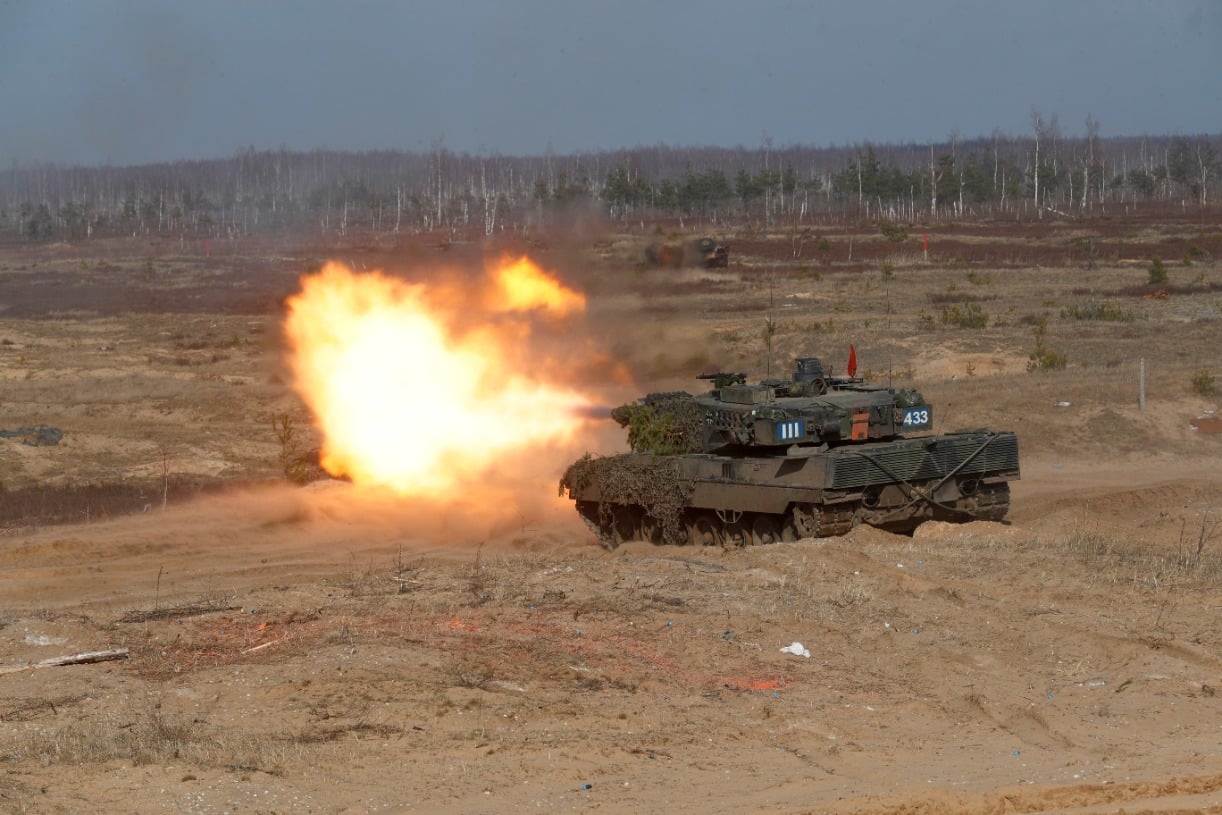
Tanks such as the T-72 and T-90 have been noted for the infamous "jack-in-the-box" flaw where a hit at the turret can cause the ordnance in the autoloader to explode, blowing the turret clean off the chassis. No doubt these issues are being resolved, and it would seem that greater emphasis is also being employed to increase the survivability of the crew inside the metal behemoths.
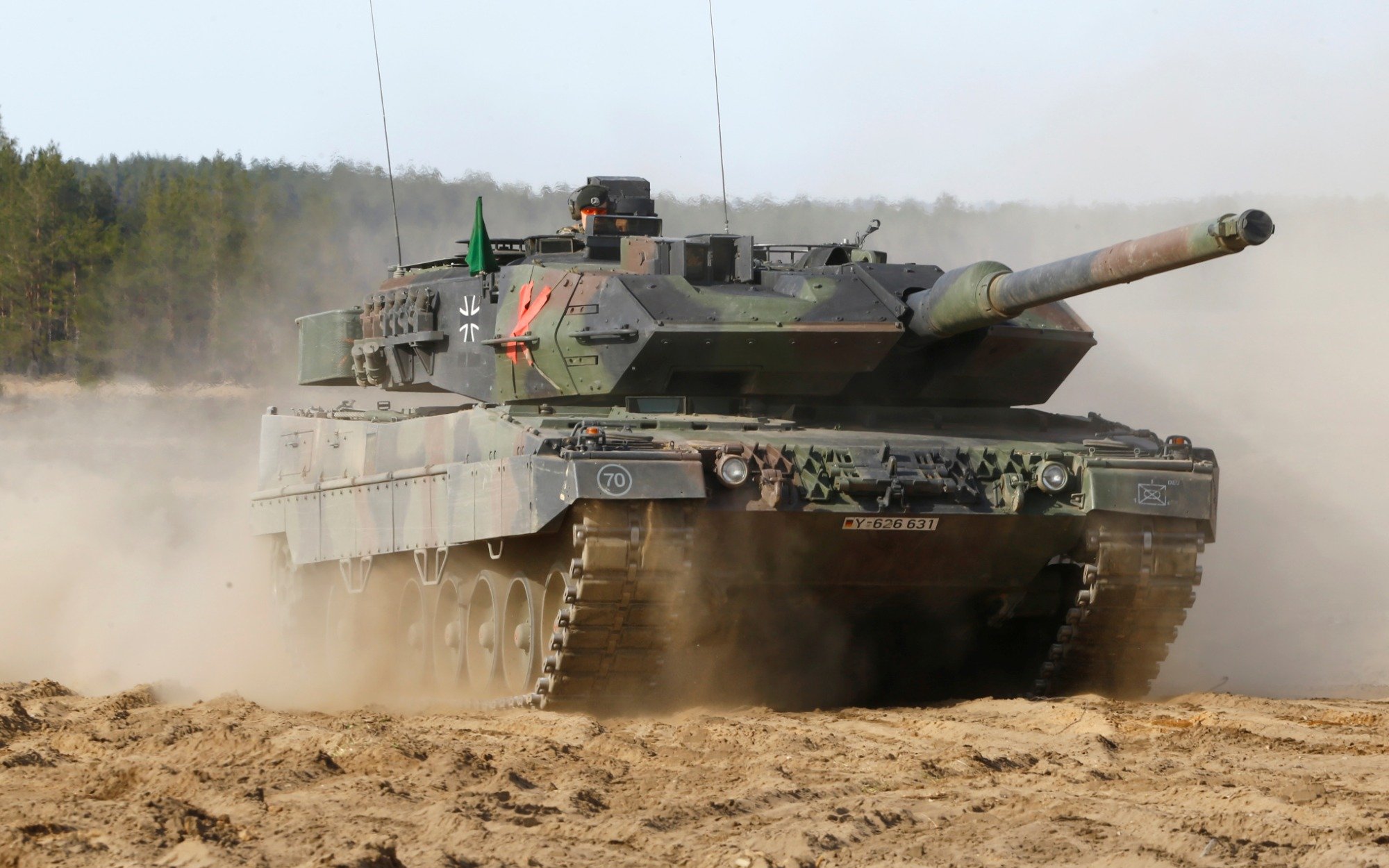
Reducing the crew's size is certainly a good start, but ensuring that other problems are not introduced will still need to be a crucial consideration.
Author Experience and Expertise: Peter Suciu
Peter Suciu is a Michigan-based writer. He has contributed to more than four dozen magazines, newspapers, and websites with over 3,200 published pieces over a twenty-year career in journalism. He regularly writes about military hardware, firearms history, cybersecurity, politics, and international affairs. Peter is also a Contributing Writer for Forbes and Clearance Jobs. You can follow him on Twitter: @PeterSuciu. You can email the author: [email protected].
